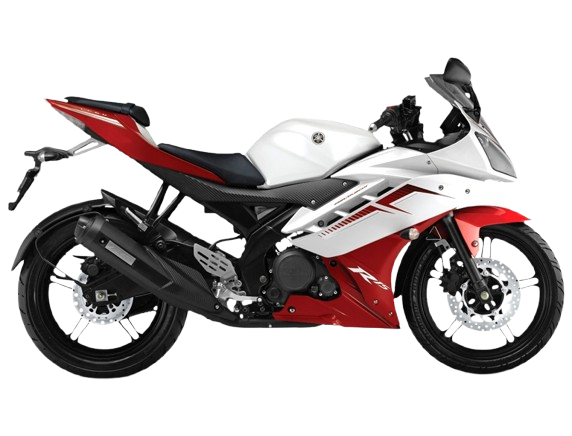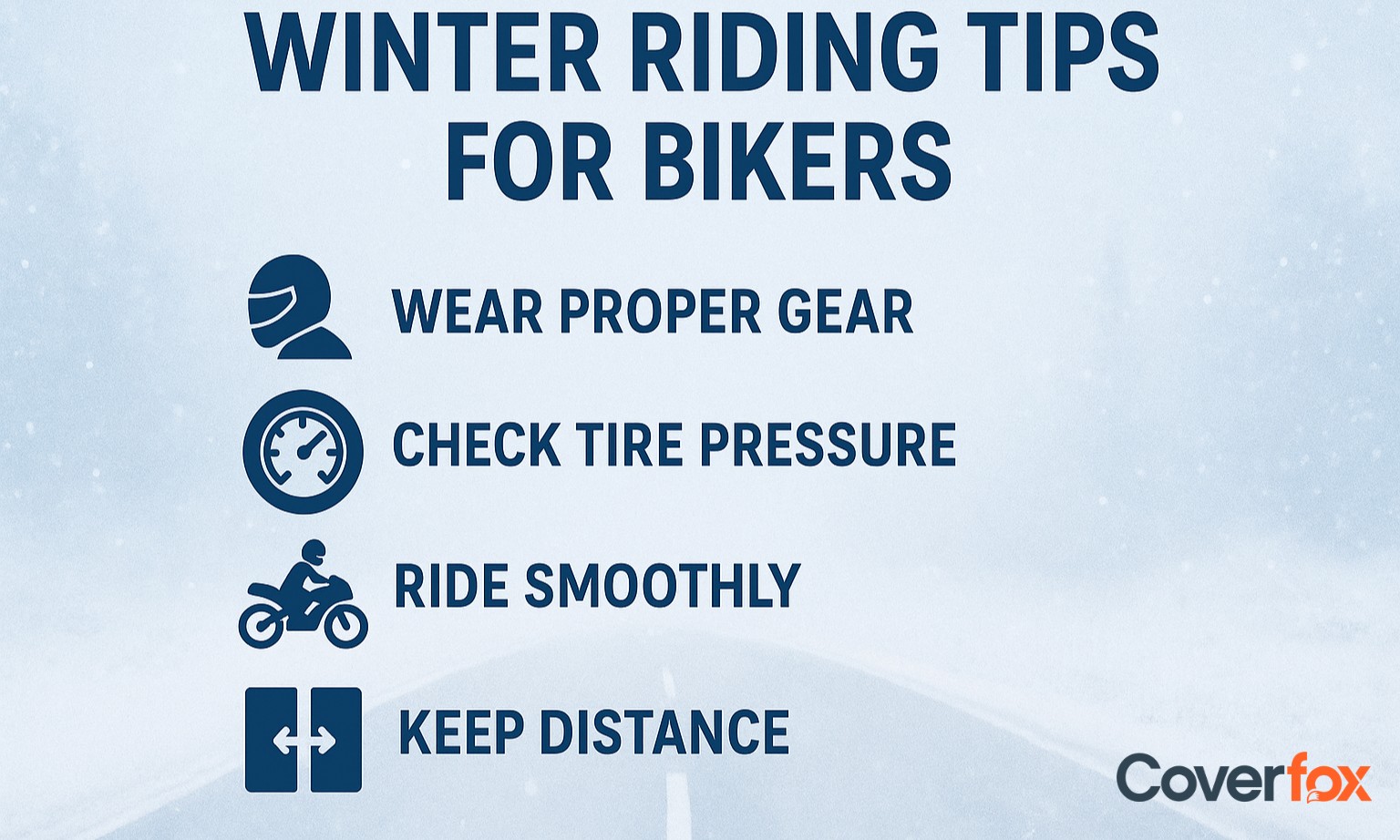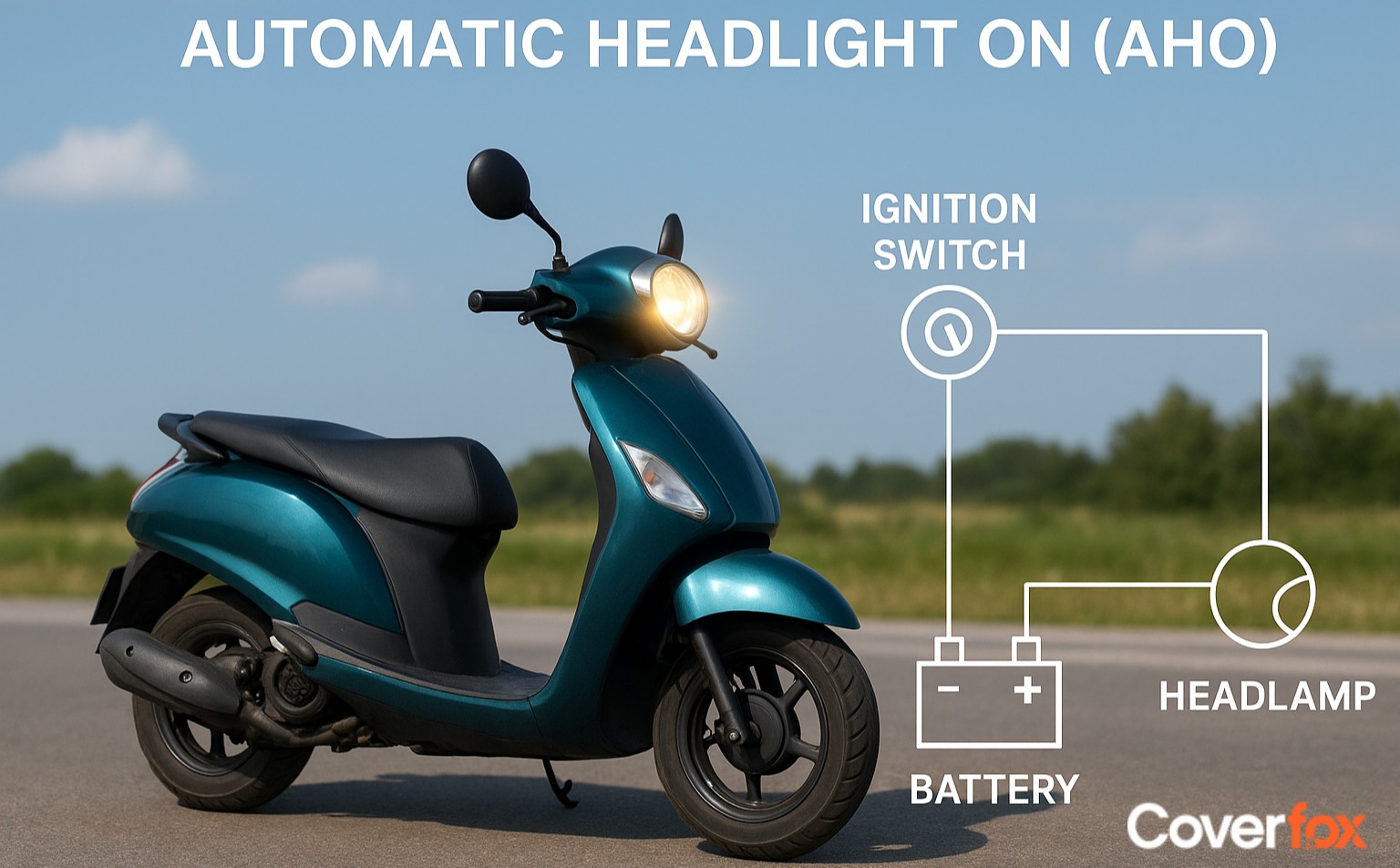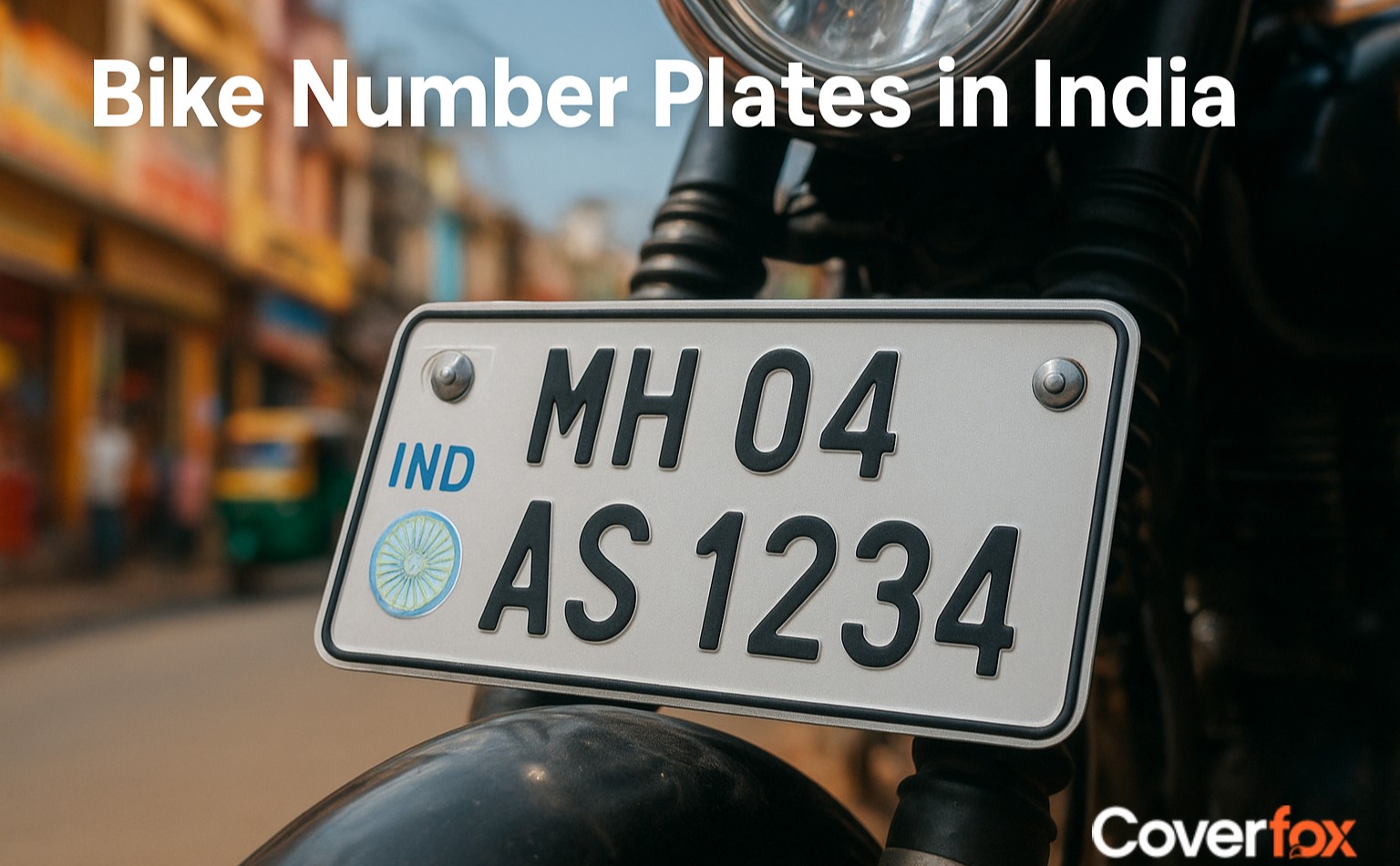Modern bikes are nowadays fitted with light fiber parts to make them light, economically efficient, and beautiful for the owners. However, because these are fragile, they readily break easily when accidents happen, thereby making owners question whether their insurance covers such parts.

Modern bikes are nowadays fitted with light fibre parts to make them light, economically efficient, and beautiful for the owners. However, because these are fragile, they readily break easily when accidents happen, thereby making owners question whether their insurance covers such parts.
In this article, we are going to find out if the fiber parts of a bike are included in bike insurance, which conditions apply, and how damages are claimed. Knowing these things will enable you to make better decisions regarding bike insurance and the care that should be taken.
How Does Depreciation of Fibre Parts in Bike Insurance Work?
In bike insurance, claims are settled based on the depreciated value of parts rather than their original cost. Among all components, fibre parts like mudguards, side panels, and body coverings attract the steepest depreciation. Since these are more prone to frequent damage and wear, insurers apply the highest reduction on their value during claim settlement. As a result, replacement of fibre parts often brings the biggest out-of-pocket expense for bike owners.
When you buy a bike insurance policy, the coverage is based on the Insured Declared Value (IDV), which represents the maximum settlement amount that you can get as per the current market value. Below is the breakdown of how the deducted depreciation percentages:
| Bike Part | Depreciation Percentage Deducted |
|---|---|
| Rubber/Plastic/Nylon parts | 50% |
| Tyres and Tubes | 50% |
| Batteries | 50% |
| Fibreglass components | 30% |
| Glass parts (e.g., mirrors, lenses) | 0% (No depreciation) |
The depreciation rate also depends on the age of the bike. Here are the proper details about it:
| Age of Bike | Depreciation on fibre Parts |
|---|---|
| Less than 6 months | 0% |
| 6 months - 1 year | 5% |
| 1-2 years | 10% |
| 2-3 years | 15% |
| 3+ years | 25% |
How Does Zero Depreciation Cover Help?
The fibre parts depreciate more than the metal parts, and the insurer subtracts this amount from the claim settlement. To avoid this deduction, you can opt for a Zero Depreciation Cover, also known as a bumper-to-bumper policy. This cover provides for the replacement or repair of fibre parts at their cost without depreciation. This means you get the full settlement amount for repairs without bearing the depreciation cost yourself. It is particularly beneficial for new or expensive bikes where fibre components are both prone to damage and costly to replace. By choosing this cover, you can avoid high out-of-pocket expenses and ensure better financial protection.
Example:
- With Zero Depreciation: The insurer does not deduct a percentage of the cost of the fibre part on account of its age.
- Zero Depreciation: The insurer pays for the complete repair or replacement cost.
Common Fibre Parts on a Bike That Can Be Insured
Here are some of the fibre parts commonly found on a bike and whether they are covered under comprehensive insurance:
| Fibre Part | Covered Under Insurance | Conditions for Coverage |
|---|---|---|
| Fuel Tank Covers | Yes | Covered under comprehensive policies with repair costs subject to depreciation. |
| Side Panels | Yes | Fully covered with a Zero Depreciation add-on. |
| Fenders | Yes | Included in standard comprehensive insurance. |
| Headlight Housing | Yes | Claims accepted for accidental damage. |
| Fairings (Sports Bikes) | Yes | Ensure zero depreciation cover for the full value. |
Claim on Damaged Fibre Parts of the Bike
If any of the fibre parts of your bike are damaged, follow the steps given here to file a claim on it.
Step 1: Report the Damage to Your Insurer
Notify your insurance company within hours of the incident. Include details such as the date, time, and cause of damage.
Step 2: Document the Damage
Take clear photographs of the damaged fibre parts. Also, retain any invoices for previous repairs or modifications.
Step 3: File a Claim
Submit a claim via the insurer's website, app, or customer service:
Step 4: Inspection by the Insurer
The insurer will send a surveyor to inspect the damage. Have the surveyor check every broken fibre part so that nothing is missed as a claim.
Step 5: Settlement
If the settlement is approved, the insurer will either make a refund of the cost of repair or pay the network garage directly.
Documents Required For Claiming Insurance on Bike Fibre Parts
- Copy of the insurance policy
- RC of the vehicle
- Photographs of the damaged parts
- FIR, if needed (for example, in cases of theft or third-party involvement)
Fibre Parts Coverage: Key Exclusions and Tips to Maximise Benefits
Comprehensive insurance covers fibre parts, but certain scenarios can lead to claim rejection. At the same time, there are ways to maximise the benefits and ensure smooth claim settlements. Following are the exclusions of fibre parts coverage in bike insurance.
- Normal wear and tear on fibre parts
- Damages caused by negligence (e.g., not securing the bike properly)
- Unauthorised repairs at non-network garages
- Any intentional damage to the bike
Tips to Maximise Coverage
- Opt for a Zero Depreciation Cover to avoid depreciation deductions
- Keep your bike well-maintained to prevent claim disputes
- Use insurer-approved garages for repairs to enjoy cashless claims
- Renew your policy on time to avoid lapses in coverage
Conclusion
Fibre parts are the integral parts of modern bikes, making them both good-looking and performance-oriented. Complete insurance covers all such parts. However, including a Zero Depreciation Cover provides complete financial cover against damage. Maximise your coverage by knowing all about your policy terms, keeping your bike well-maintained, and renewing on time. For the best two-wheeler insurance options, visit Coverfox Two-Wheeler Insurance and protect your bike, along with its fibre components, with ease.
Related Article:
Frequently Asked Questions
Does comprehensive insurance cover all fiber parts?
Ans: Yes, comprehensive insurance covers all fiber parts, subject to policy terms and conditions.
Can I claim minor scratches on the fiber parts?
Ans: Generally, minor scratches are cosmetic damage that does not qualify under claims unless covered under specific add-ons.
How does Zero Depreciation Cover affect claim approval for fiber parts?
Ans: Zero Depreciation Cover ensures the insurer reimburses the full cost of repairing or replacing fiber parts without depreciation deductions.
What documents are needed to claim insurance for fiber parts?
Ans: You’ll need:
- Policy copy.
- RC of the vehicle.
- Pictures of the damage.
- FIR (if applicable).






